What is Lipid Profile Test and Treatments: Normal Values Chart
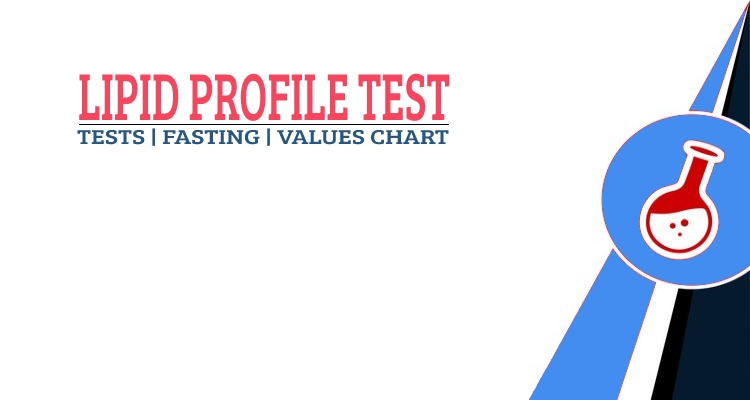
When a line of tests is done for the accurate assessment of cholesterol levels in the blood, it is called lipid profile tests. A lot of serious ailments in human bodies are managed, measured, identified, assessed, monitored, and prevented through lipid profile tests. A lot of time, lipid profile tests are also done to ensure if the ongoing treatment is taking a successful route or not.
Through the lipid profile fasting test, your medical health professional might determine the requirement of changes, therapies, and treatments that are simultaneously happening. Your health care service provider might also recommend lipid profile tests as a part of your routine health check-up.
Lipids: Understanding It in Details
The fat cells which are present in our body’s tissues and flow in your bloodstream are known as lipids. They are an integral part of your body, which is what you need to keep up with your regular activities. They also play a crucial role in maintaining the correct functioning of your body’s neurological system, which runs inclusive of brain development and signal transmission.
Lipid composition disorders and imbalances are contributors to major illnesses, some of which are life-threatening; artery diseases, peripheral diseases, strokes, and heart attacks to name a few.
Lipid Profile Test and Why Must You Do It?
Lipid profile fasting is important for individuals aged 20 and above. This test should be done twice a year by men above 45 years of age and women above 50 years of age. Individuals who are battling severe heart diseases and coronary problems, or might have faced an abnormal reading in their first Lipid Profile test, might opt for frequent lipid profile tests.
Doctors usually recommend lipid profile tests to be done, to identify the potential risk levels of multiple blood cells and heart-related diseases, through the assessment of both triglycerides and cholesterol levels with the test.
Health care professionals might ask you to get a lipid profile test done if you:
- Are overweight
- Are suffering from a pre-existing heart ailment
- Are at risk of getting diabetes.
- Skip workouts and rather lead a sedentary lifestyle.
- Stuff yourself with junk food and do not maintain a healthy diet.
- Have severe hypertension
- Smoke or drink
- Belong to a family who has had premature heart disease as their medical history.
What Are the Symptoms That Signal You for Lipid Profile Tests?
For those of you who have been suffering from the below-mentioned conditions, you must check your lipid profile value:
- Left-arm pain (while this symptom is quite common, you might also suffer from right arm symptoms)
- Pain in your upper abdomen, vomiting, or even nausea
- Excessive sweating
- Chest pain
- Jaw pain, headache, or toothache
- Problems of indigestion or heartburn (acid reflux symptoms, or GERD)
Lipid Profile Test: Know Everything That It Contains
A lipid profile fasting test is typically a series of blood tests, which is done after overnight fasting of about 12-14 hours. The lipid profile test is an initial examination of one’s bloodstream for the below-mentioned elements:
- Cholesterol
For the best and healthy functioning of the human body, we have been blessed with waxy fat known as Cholesterol. Cholesterol is primarily responsible for the maintenance of your body cells’ outer membrane. As per several studies and researches, a strong link has been found between heart ailment and cholesterol. It has been seen that people having excessive amounts of cholesterol in their bodies are more likely on the radar of encountering a heart attack.
- Low-density lipoprotein (LDL-C)
The major function of low-density lipoprotein is to become the carrier of cholesterol from your liver to the body tissues. This is infamously known as the Bad Cholesterol, given how extreme amounts of LDL-C can increase your chances of risks associated with atherosclerosis and heart attacks.
- High-Density Lipoprotein (HDL-C)
Also termed as the ‘Good Cholesterol’, given its power to bring down the LDL levels from your blood, HDL-C takes the role of cholesterol scavengers, which is responsible for cholesterol extracted from the blood and sending the same back to your liver. One brilliant way to skyrocket your HDL levels is a regular workout, extra virgin oil consumption, and adding coconut oil to your diet.
- Triglycerides
In animal fats and vegetable oil, triglycerides are found in abundance. It is what our body digests easily, given how common it is. To keep up with certain metabolic activities, triglycerides offer the required energy to your body. The unused calories are converted into triglycerides by the body. If you have a high count of triglycerides, it means you consume alcohol, sweets, and fried foods in excess, or you are diabetic or you are obese.
- VLDL
Very Low-Density Lipoprotein is produced by our liver which then after reaching your body tissues through the bloodstream, supplies them with necessary fat for energy production. The excessive VLDL level is a warning that you might encounter plaque deposition on your inner artery wall, which in turn both makes your passageway narrow and reduces your blood flow.
Lipid Profile Test Decoding (Normal Values Chart)
The lipid profile test will display the result in mg per DL (decilitre of blood)
As per guidelines and medical professionals, the lipid profile normal values chart is:
LDL Cholesterol- Therapy’s Main Target
- <100>
- 130-159 Borderline high
- 160-189 High
- 190 Very High
Total Cholesterol
- <200>
- 200-239 Borderline high
- >240 high
HDL Cholesterol
<40>60High
For accurate, instant, and speedy Lipid Profile Test results, you can count on Star Imaging and Path Lab Pt. Ltd. Our Lipid Profile tests runs inclusive of total cholesterol count, HDL cholesterol count, triglycerides, LDL cholesterol, VLDL cholesterol, and ratios.
Disclaimer: The information on this website should not be used as a substitute for professional medical care or advice. Contact a health expert if you have questions about your health.




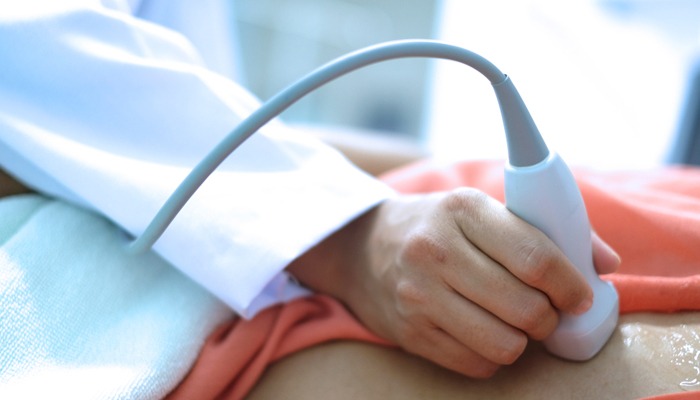

_vs_Covid-19_How_the_Two_Viruses_Differ_and_Why_It_Matters_(1).jpg)
-Star.jpg)
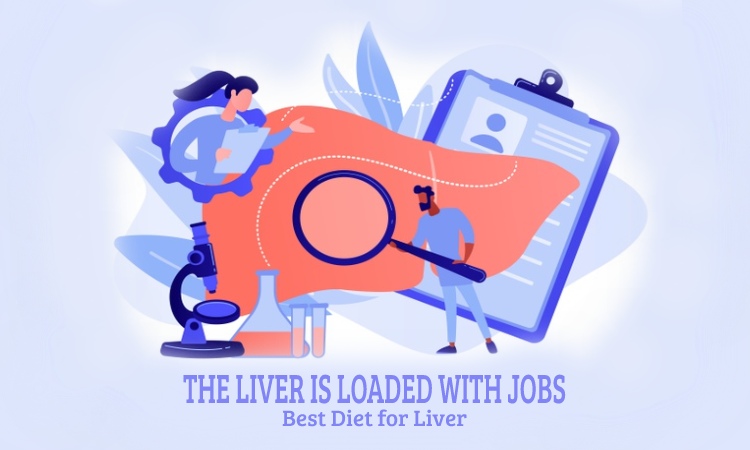
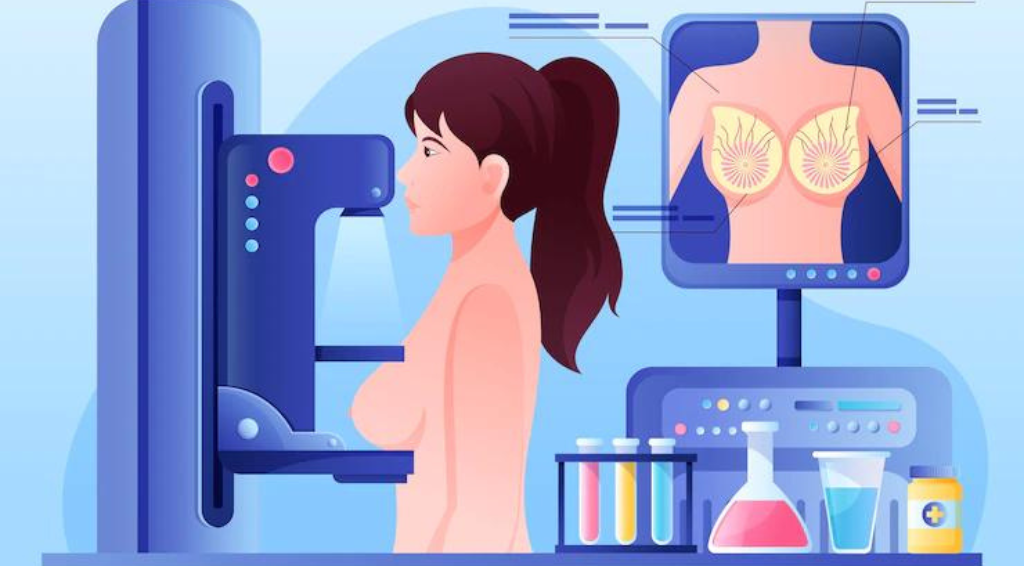
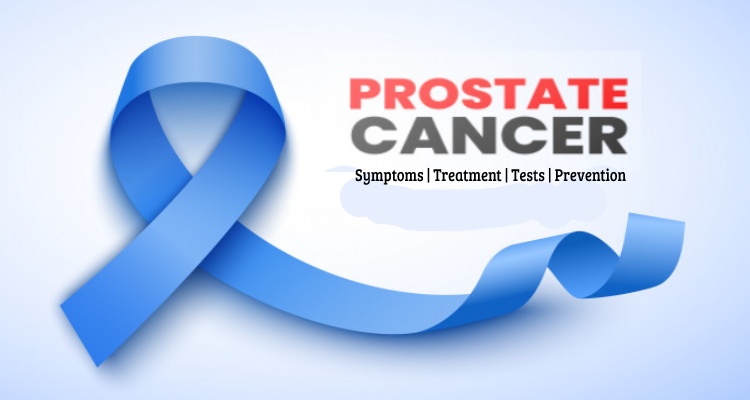
.jpg)
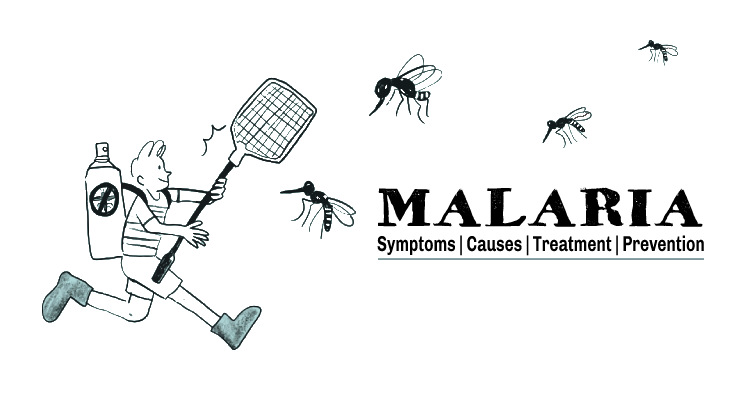
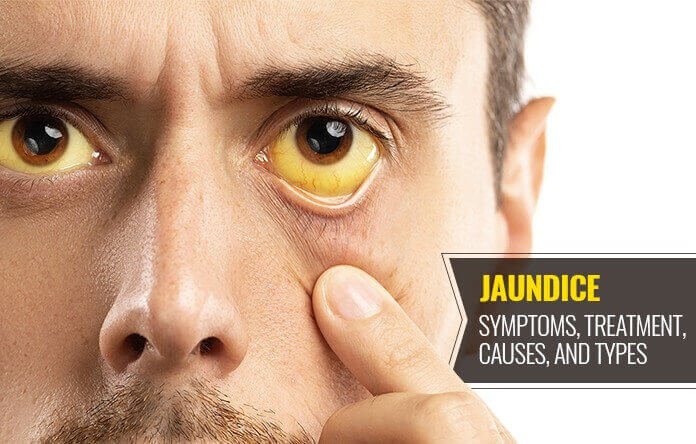
Comments List